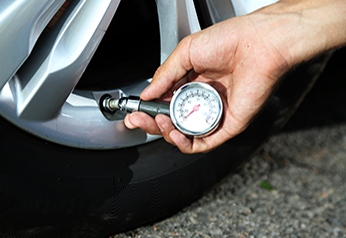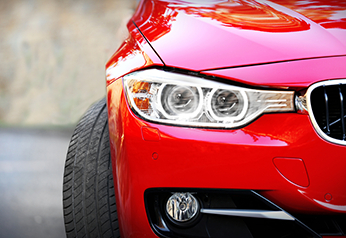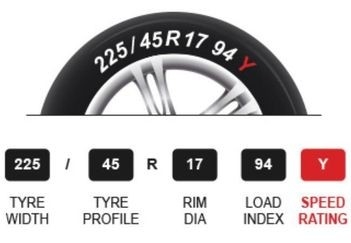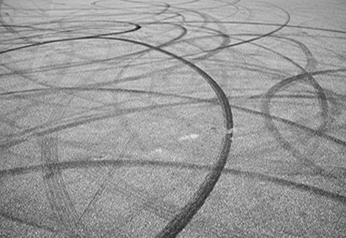
Wheel Alignment
Wheel alignment should be checked whenever you have new tyres installed, suspension components installed or when you have experienced a road hazard or unusual wear of your tyres.
Wheel Alignment is the measurement of complex suspension angles and the adjustment of a variety of suspension components. Suspension tuning greatly influences the vehicles handling and the wear of your tyres.
The primary static angles that need to be measured and adjusted to complete a thorough wheel alignment are the caster, the camber and the toe.
The Caster
The caster is the angle of the steering pivot measured in degrees. When viewing the suspension from the side of the car the caster is the tilt of the steering axis in relation to the centre of the wheel.
When the wheel is in front of the load the caster is said to be positive. In this case the steering pivot is at an acute angle. When the steering pivot is in front of the wheel and the angel is obtuse the caster is said to be negative.
Three to five degrees of positive caster is the normal safe range. For an optimum caster with heavier vehicles a more positive caster or more acute angle is used.
If the caster is different in each of your front tyres, then you can get straight-line tracking issues. This will cause the steering to pull to the side of the car with the least positive caster. If the caster is equal but too negative, then steering tends to be light and wander off line. Whereas, if the caster is too positive then the steering tends to be heavy and jerks at the slightest bump in the road.

Camber
Camber is measured in degrees and is the angle of the wheel when viewed from the front of the vehicle. If the top of the wheel is tilting away from the car, or outwards, then the camber is said to be positive. If the top of the tyre is tilted inwards, then the camber is said to be negative.
When the camber of your wheels are out of adjustment you can experience premature wearing of the tyres on the affected side of your car. Another problem that can result from your camber being out of alignment is the steering can pull to the side with the most positive camber.
These types of camber issues usually arise as the result of structural damage or damage to the strut and/or spindle assembly. Other factors that cause your camber to fall out of alignment are sagging springs or other attached parts becoming defective such as ball joints. These mechanical issues can all have an affect on your ride height.

Toe
The most critical alignment setting relative to tyre wear is the vehicle’s toe. If the Toe of your wheel alignment is just slightly out, its affect on your tyres can create rapid and uneven wear.
The toe angle identifies the direction of the tyres compared to the centreline of the vehicle. In the case of a rear-wheel drives, the back-wheels power and ‘push’ the front tyres, which drag and cause a degree of resistance to work against the suspension arms. Most rear-wheel drive vehicles use positive toe to compensate for this suspension arm displacement. This means that when the front wheels are pushed by the back wheels they favour a toe-in, (negative), configuration.
Front-wheel drives pull the vehicle which results in a forward movement of the suspension arms in their bushings. Due to this pull factor of front-wheel drives their toe is adjusted to be negative. This means that when the back wheels are pulled by the front wheels they favour the toe-out, (positive), configuration.
Toe can also be used to alter a vehicles handling traits. Increased toe-in reduces oversteer, steadies the car and enhances its high-speed stability. Increased toe-out reduces understeer and frees up the car, especially during initial turn-in while entering a corner.
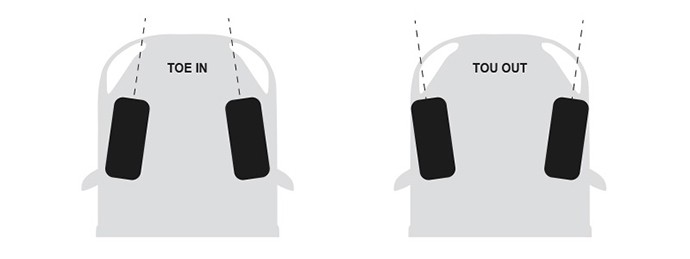
Other Wheel Alignment measurements that help with precision steering are:
- The Steering Axis Inclination, (SAI)
- The Included Angle
- The Scrub Radius
- The Riding Height
- The Seat Back
- The Thrust Angle
- The Alignment Ranges
- The Steering Centre
- Tow out on Turns
- Wheel Offset
